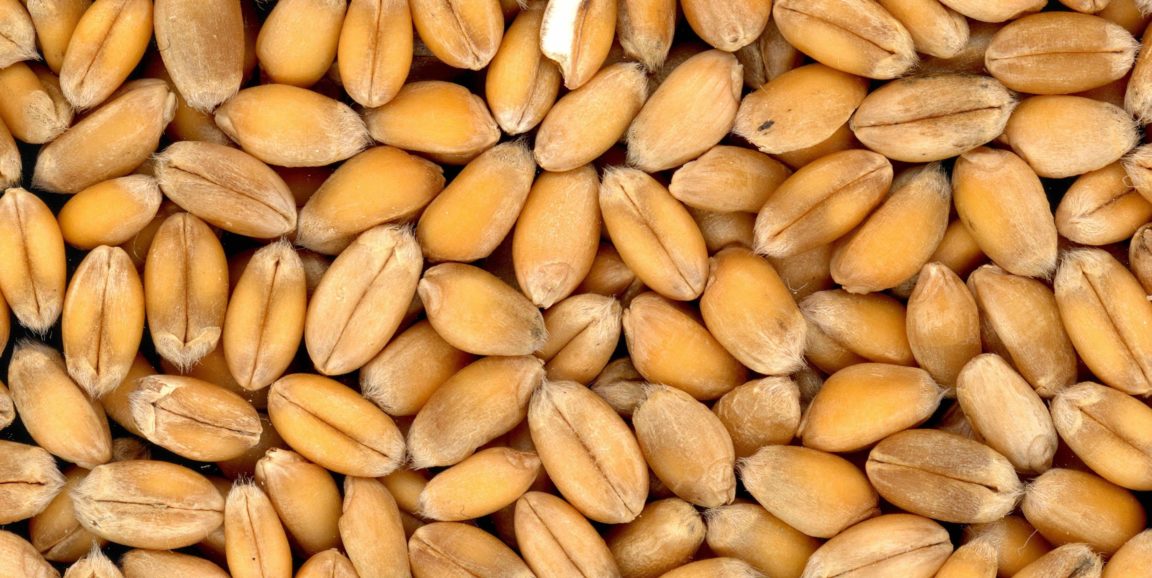A gluten-free diet avoids products that contain wheat, barley or rye, eliminating many common foods. This includes bread, pasta, pastries, cakes, beer, and some less obvious sources such as salad dressings and soy sauce.
On average, in the U.S., wheat makes up to 77 percent of all grain consumption and the majority of carbohydrate intake. The gluten-free diet grew out of its original use for people with celiac disease, an inherited autoimmune condition where exposure to gluten, a protein found in wheat, results in inflammation in the small intestine from the body attacking its own cells.
Celiac disease, which causes abdominal pain, diarrhea, and weight loss, occurs in less than 1 percent of people. A reduction in gut irritation may also help those who have gluten sensitivity and abdominal symptoms without actually having celiac disease. Serious gluten intolerance, however, is much less common than many people think and, for most people, the reduction in processed carbohydrates explains this diet’s benefits.
Health rationale slogan: Gluten-free is healthy because it avoids processed wheat flour, a major component of many of the least healthy processed foods. Contrary to widespread opinion, avoidance of gluten is not the main beneficial factor for most people.
Analysis: Gluten-free diets can be very healthy, but avoidance of gluten is usually not the source of their benefits. A 2017 student found that only 7 percent of people claiming gluten sensitivity actually had this problem.
According to Stanford nutrition expert Christopher Gardner, PhD, “a gluten-free diet requires avoidance of the high-glycemic-index starches associated with refined wheat flour, especially highly processed snack foods; this would be have a favorable health impact for most Americans.”
In addition, products like cakes, cookies and pastries are often loaded with fats and added sugar. High-glycemic carbs such as refined starches and sugars are readily digested, causing blood sugar to rise very soon after they are eaten. The favorable reduction in high-glycemic-index foods caused by avoiding gluten often produces weight loss, increased insulin sensitivity, and improved energy. Improved well-being on this diet is likely due to avoiding the spikes of high blood sugar followed by high insulin levels and then lowered blood sugar that occurs after eating refined carbohydrates.
Despite these health benefits, eating a gluten-free diet could produce vitamin deficiencies because wheat flour is high in vitamins and minerals (some added to flour). However, these same nutrients are found in many other foods, including other gluten-free grains.
Dominant sources of protein: Anything without wheat such as meat, dairy, legumes, eggs or fish.
Most common fats: Not specified.
Most common carbs: Rice, potato, corn and other grains such as oats and quinoa.
Easy to follow?: Avoiding wheat completely is difficult, whether at home or eating out. For many products that traditionally include wheat, there is a growing list of gluten-free alternatives. However, overuse of highly processed and starch-laden alternatives could reduce the benefits of eating gluten-free.
When it goes wrong: Like many other diets that focus on avoidance of one particular food, the healthiness of a gluten-free diet is determined by what gets substituted in place of the removed food (in this case, wheat products). Eating more foods high in saturated fats, such as meat and whole fat dairy products, will result in a less healthy diet. Unfortunately, the availability of many non-wheat substitutes means that some unhealthy foods containing processed rice or corn starches are now back on the table, such as gluten-free breads, pastries, cookies and brownies.
To make it healthier: If fibrous vegetables, beans/legumes, or whole intact grains like oats and quinoa are the main substitutes for wheat-containing foods, then a healthy diet is made even healthier.
If you're going to cheat: If the real benefit comes from replacing highly refined flour, then it may be reasonable to try consuming whole-grain wheat, such as wheat berries or stone-cracked wheat products. Unfortunately, most breads labeled as “whole wheat” also contain a high proportion of processed flour, unless it is labeled as 100 percent whole wheat.
Conclusion: A gluten-free diet can be a healthier style of eating. The diet’s benefits for most people come from eliminating foods heavy with processed carbs. Avoiding refined wheat flour, found ubiquitously in snack and junk foods and desserts, leads to a much improved profile of carbohydrate intake and a healthier diet. However, care is needed to substitute wheat with nutritious alternatives.
This is the fifth post in a series called A Skeptical Look at Popular Diets. The series will review the eight most prominent diets in America. The next blog post will discuss the raw food diet.
Randall Stafford, MD, PhD, is a professor of medicine at Stanford. He practices primary care internal medicine and studies strategies for preventing chronic disease. Stanford professor and nutrition scientist Christopher Gardner, PhD, examines the impact of diet on health and disease. Sophia Xiao provided research assistance.
Photo by klaber






